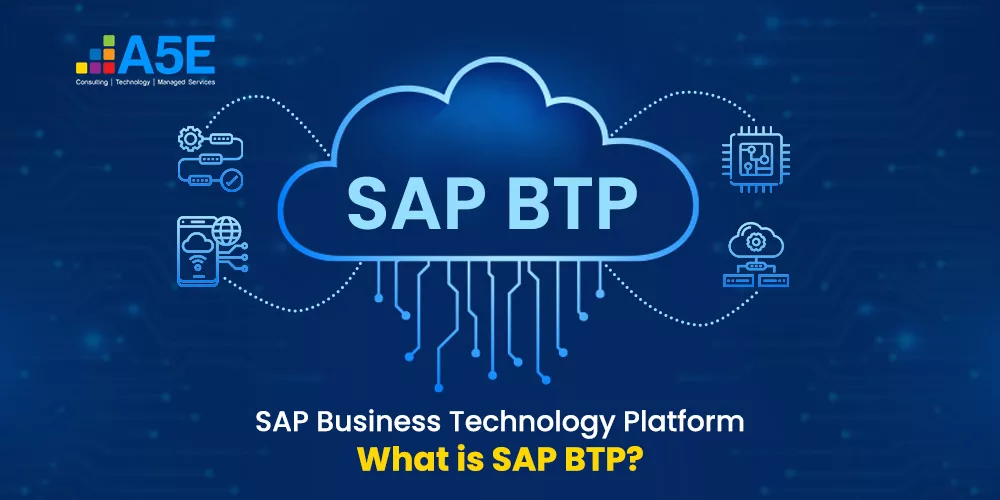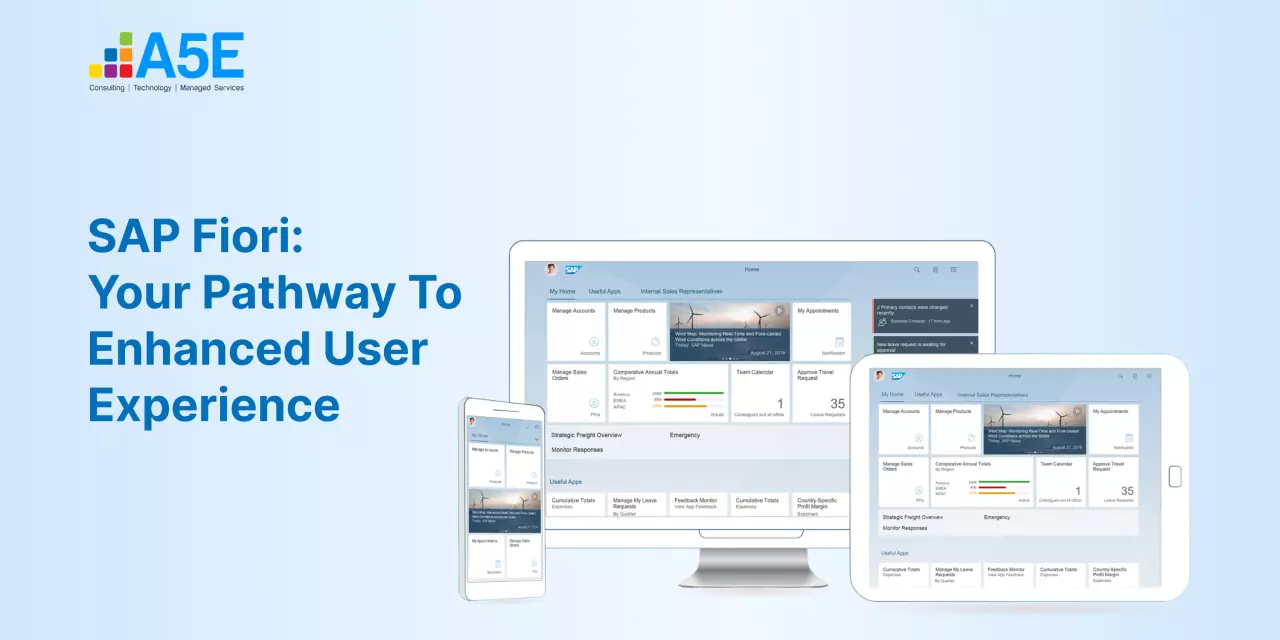
Serverless Computing On DevOps Platform
DevOps solutions have transformed the software development landscape by streamlining development cycles and simplifying deployments. Whether employing microservices, containers, or cloud-based architectures, DevOps model is firmly entrenched in the industry, facilitating the creation of large-scale yet deployable applications.
In the context of serverless cloud computing execution model, DevOps accelerates deployments. Numerous businesses have reaped the rewards of adopting a DevOps approach. By optimizing resource utilization, boosting code reusability, and establishing standardized techniques for faster delivery, DevOps services have paved the way for success.
What Is Serverless Computing?
Serverless cloud computing execution model in which the cloud provider dynamically manages the allocation and provisioning of servers and infrastructure. This allows devops developers to focus on writing code and deploying applications without having to worry about the underlying infrastructure.
With serverless computing services, developers simply upload their code to the cloud provider, and the code is executed on demand. The cloud provider takes care of all the server provisioning and management, including scaling the infrastructure up or down based on the demand for the application.
Serverless computing architecture is a pay-per-use model, so developers only pay for the resources they use. This can lead to significant cost savings, especially for applications that have variable or unpredictable traffic patterns
According to Global Market Insights, the serverless architecture market will reach $30 billion by the end of 2027. Cost benefits, enterprise-wide development, reducing complexities related to server positioning, cloud computing solutions, etc., are all set to fuel serverless architecture adoption.
Likewise, the rising popularity of agile practices and DevOps also seems to be complementing serverless demand. The serverless architecture supports DevOps operations to enhance development processes by providing agility and flexibility.
What is DevOps?
DevOps model is a set of practices and tools that enable rapid and reliable software delivery. It is a cultural shift that emphasizes collaboration between development and operations teams, automating the processes between them and using technology to improve communication and collaboration.
DevOps architecture combines software development practices such as continuous integration and continuous delivery (CI/CD) with infrastructure management practices such as infrastructure as code (IaC). This enables teams to deliver software more frequently and reliably, while also improving the quality of their software and reducing the risk of downtime.
Devops Technology Best Practices in Serverless Cloud Computing
Deploying DevOps solutions in a serverless cloud computing architecture comes with its own set of best practices to ensure efficiency, scalability, and seamless integration. Here are some key DevOps best practices for serverless architectures:
- Use infrastructure as code: Infrastructure as code (IaC) is a practice that uses code to manage and provision infrastructure. This allows DevOps teams to automate infrastructure management and ensure consistency and repeatability. IaC tools such as Terraform and CloudFormation can be used to create and manage serverless infrastructure.
- Use a continuous integration (CI)/continuous delivery (CD) pipeline: A CI/CD pipeline automates the process of building, testing, and deploying software. This can be done using tools such as Jenkins, CircleCI, and AWS CodePipeline. Using a CI/CD pipeline for serverless applications can help to improve the quality and reliability of deployments.
- Use logging and monitoring: Logging and monitoring are essential for troubleshooting and optimizing serverless applications. DevOps teams should use tools such as CloudWatch Logs and New Relic to collect and analyze logs and metrics from their serverless applications.
- Use version control: Version control is a system for tracking changes to code and other files. DevOps teams should use a version control system such as Git to track changes to their serverless code. This will allow them to rollback to previous versions if necessary.
- Use security best practices: DevOps teams should implement security best practices such as least privilege access and role-based access control (RBAC) to protect their serverless applications. They should also use tools such as AWS Security Hub to monitor their serverless applications for security threats.
The Growing Trend of Serverless Architecture?
SAP S/4HANA is the SaaS (software-as-a-service) version of the world’s most popular ERP system. It comprises an integrated business applications suite that allows for proper planning, execution, and management of business processes.
Serverless cloud computing, also known as serverless cloud platform, is a cloud computing execution model that enables developers to build and run applications without having to manage or provision servers. This allows development teams to focus on developing and deploying code, while operations teams focus on managing the cloud infrastructure.
DevOps technology, which combines development and operations practices, facilitates collaboration and communication between these teams, leading to faster and more reliable software delivery. By leveraging serverless cloud computing and DevOps technology, organizations can streamline their development processes and enhance their overall efficiency.
Some major benefits of serverless are:
- Controlled production deployment
- Easier and quicker patches or updates
- Increased productivity
- Seamless release rollouts
SAP S/4HANA Cloud operates seamlessly on the SAP HANA in-memory database, ensuring high-performance analysis. Enhanced by AI and other cutting-edge technologies, the advanced analysis program thrives in the realm of serverless application architecture. This innovative approach not only harnesses the power of serverless technology but also offloads provisioning, scaling, scheduling, and other backend cloud operations to dedicated serverless cloud services. Developers benefit from ample time to craft intricate business logic and front-end applications, effectively lightening the team’s workload and channeling their focus towards driving innovation.
Technically, the method uses servers, but it is still called serverless because third-party hosts are involved in server provisioning and management. Cloud service providers like Microsoft Azure, Amazon Web Services, and Google Cloud offer their serverless platform, which is fundamental in cloud-native application development. In fact, open-source projects like Kubeless and OpenFaaS are also adapting serverless technologies to their existing on-premises architecture.
Role of Serverless Platforms in Improving DevOps
DevOps adoption aims to accelerate software development and enhance user experiences, but managing time and resources can pose financial challenges. Serverless computing tools offer a valuable solution by simplifying the creation of cloud-based applications and entrusting all server-related responsibilities to the cloud service provider. This frees up businesses to focus on developing outstanding products.
A key advantage of serverless architecture is its pay-as-you-go model, which means that businesses only pay for the resources they use. For example, AWS Lambda users pay based on invocation duration and frequency, which can significantly reduce overall costs. Additionally, serverless technology is fully managed and auto-scalable, which further simplifies DevOps initiatives.
Serverless architecture also integrates seamlessly with Continuous Integration (CI) and Continuous Delivery (CD) tools to automate code building, testing, and deployment. Implementing DevOps through serverless architecture empowers businesses to tailor CI/CD models to specific application needs, leverage supportive services, and embrace usage-based cost structures.
Serverless architecture offers numerous benefits for DevOps, including flexible deployments, seamless automation enablement, and pipeline management. For example, the immutability of serverless services allows concurrent running of old and new versions, preventing service interruptions and enabling flexible deployments.
Additionally, serverless cloud computing follows a pay-as-you-go model, where businesses only pay for the resources used for the function. This results in significant cost reductions, making it a more cost-effective solution than other cloud models. Consequently, serverless architecture is widely adopted across finance, business intelligence, and customer relationship management applications.
NoOps in the Serverless Environment – Is It a Prudent Choice?
DevOps intends to make application deployments smoother and faster, focusing on consistent improvement. NoOps, or no operations, is a concept developed by Forrester’s Mike Gualtieri, having the same core goals but without operations professionals.
Ideally, in a NoOps scenario, developers do not collaborate with the operations teams. Rather, NoOps leverages PaaS and serverless to access the resources required at the right time. This translates into the fact that users can securely utilize tools and services to deploy cloud components, which include code and infrastructure. In addition, NoOps promotes CI/CD pipeline for operations.
DevOps vs. NoOps – Benefits & Challenges
While DevOps focuses on the collaboration between the operations team and developers, NoOps concentrates on complete automation. However, the target is the same – quicker time-to-market with improved software deployment. That said, the NoOps process has several benefits and challenges.
However, anything new has challenges and pitfalls. Businesses should aim to overcome those pitfalls and adapt to the latest technology seamlessly. Noted below are the three major obstacles that prevent enterprises from taking the big leap:
Benefits
Better Automation, Lesser Maintenance
NoOps eliminates additional labor needed to control the code ecosystem. No manual intervention is required, and every component is easy to maintain because it would be deployed like just another code.
Leverage The Cloud Benefits
Many innovative technologies encouraging extreme automation, such as FaaS (Function as a Service) and CaaS (Container as a Service), offer help with NoOps technology adoption. It shows enormous potential as Ops ramps up cloud resources, leading to increased capacity planning against DevOps in which Ops and Dev work in tandem to decide whether an application can run or not.
Lesser Dependence
NoOps also concentrates on the business outcomes by prioritizing tasks delivering value to users and reducing the reliance on the operations workforce, which further reduces time-to-market.
Challenges
Ops Remains Fundamental
Theoretically, zeroing down your dependence on the operations team taking care of the application infrastructure sounds too good to be true. Pragmatically, the operations team is needed to monitor the results and handle exceptions. If you expect developers to manage these responsibilities entirely, it diverts their focus from delivering results, which would not be beneficial for NoOps.
Moreover, you cannot rely on developers solely because their skill sets may not include tackling operational concerns. Furthermore, you would not want to overwhelm developers with more tasks.
Security Issues
Even if you deploy best practices for security aligned with automated deployments, you still cannot eliminate the basic need to manage security. Since methods of attack are evolving and changing every day, it is pertinent to update the security controls of the cloud.
Removing Ops teams entirely means you would have to invest more funds into the security team and instill the best methods for compliance and security of the environments.
Study The Environment
As NoOps uses PaaS and serverless for resources, this could be a limitation, typically during digital transformation. Hybrid deployments and legacy infrastructures still make automation possible, but human intervention cannot be eliminated. So, consider that all environments cannot switch to NoOps. Evaluate the consequences of this transition.
The Bottom Line
Eventually, both serverless and DevOps can go together. Likewise, NoOps shall also offer a serverless environment. The choice lies in being more intelligent about using resources, including workforce, hardware, and software. In the end, it is all about cutting wastage of resources and allied costs and enabling talent to concentrate on innovative coding.
Undoubtedly, serverless DevOps is way more than simply achieving agility. It is directed towards rapid delivery of business value so businesses can deliver innovative products quickly. Let us connect if you want to know more about how to adopt serverless in your operations.





